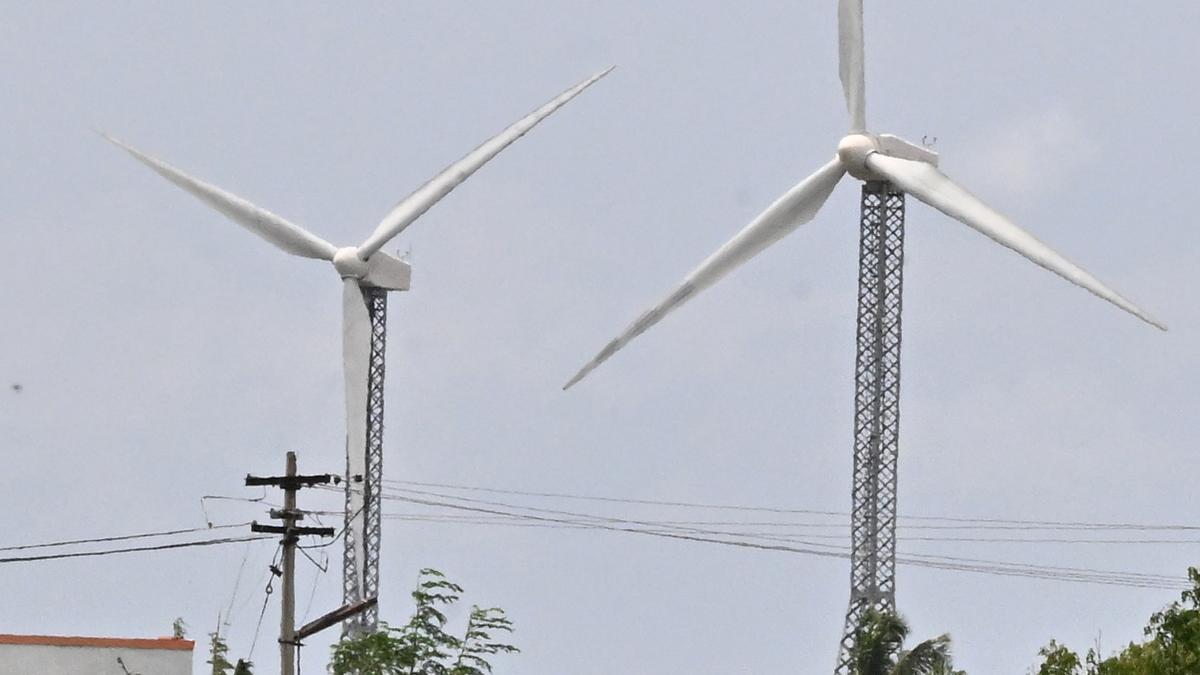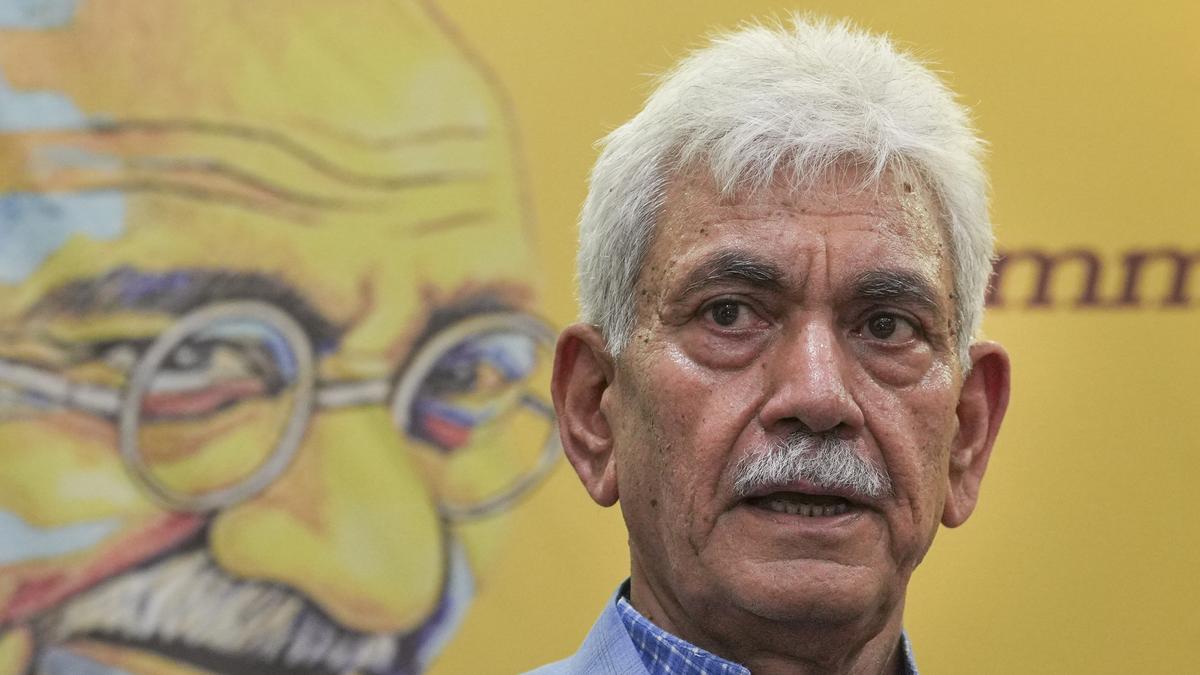Now Reading: Clean Energy Powers Less Than 30% of India’s Electricity Despite 50% Installed Capacity
-
01
Clean Energy Powers Less Than 30% of India’s Electricity Despite 50% Installed Capacity
Clean Energy Powers Less Than 30% of India’s Electricity Despite 50% Installed Capacity

Quick Summary
- India achieved 50% of installed electricity capacity from non-fossil fuel sources as of June 30,2025,surpassing its target set under the Paris Agreement by five years.
- The share of clean energy in actual electricity supplied remains below 30%, though total production has risen substantially from 190 billion units in 2014-15 to 460 billion units in 2024-25.
- Lower “Capacity Utilisation Factor” (CUF) for solar (approx. 20%) and wind (25%-30%), compared to coal (60%) and nuclear energy (80%), impacts clean energy’s proportional contribution to power generation.
- Coal remains the primary source for base load demand, accounting for about 75% of India’s energy mix despite daytime reductions during high solar production periods.
- Experts suggest enhanced grid flexibility and improvements in battery storage are critical to better utilize renewable energy, alongside differential tariffs for day/night usage.
- Hybrid power projects combining solar, wind, hydro, and storage are viewed as key solutions but face implementation challenges like land aggregation issues, transmission planning gaps, and high costs.
Indian Opinion Analysis
India’s milestone achievement highlights meaningful strides toward sustainable development but underscores challenges linked to practical implementation. While reaching the Paris Accord’s NDC target ahead of schedule reflects strong policy impetus on renewables under India’s leadership framework,cleaner alternatives still lag behind fossil fuels in contribution to active power supply due to lower CUF rates. This disparity stresses urgent infrastructural upgrades like smart grids and cost-effective battery storage systems.
Differential tariffs could incentivize better renewable utilization patterns while aligning economic usage with environmental goals. Moreover, transitioning toward hybrid solutions would bolster consistency in meeting peak demand effectively but requires multitiered reforms addressing land use policy and transmission coordination gaps. Balancing sustainability with reliability emerges as a pivotal task as India progresses on its clean-energy journey.
Read More: spacer.png”>Representative image
!80/iStock-1151571867.jpg”>Image Credit
























